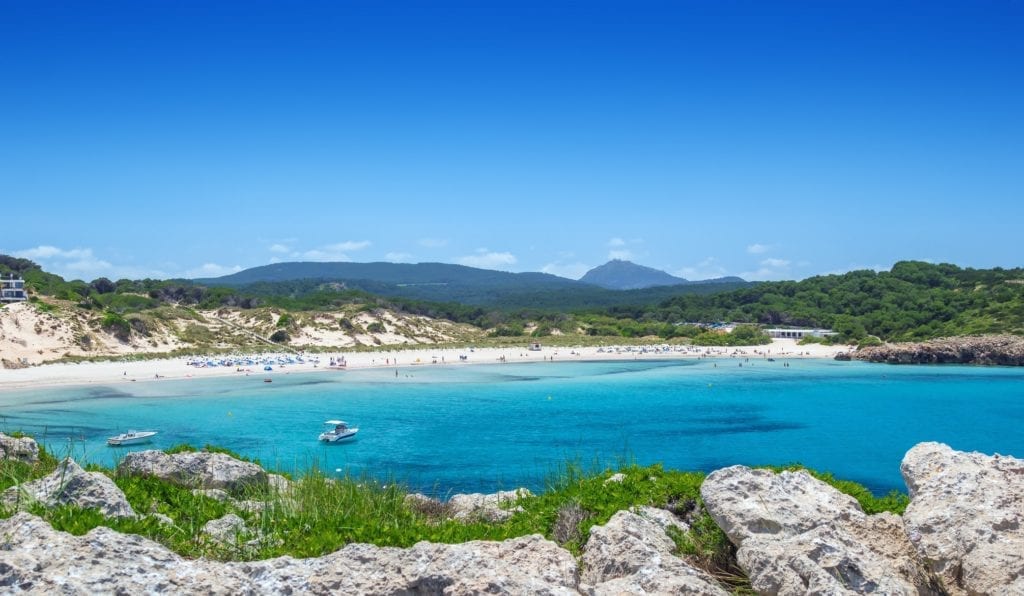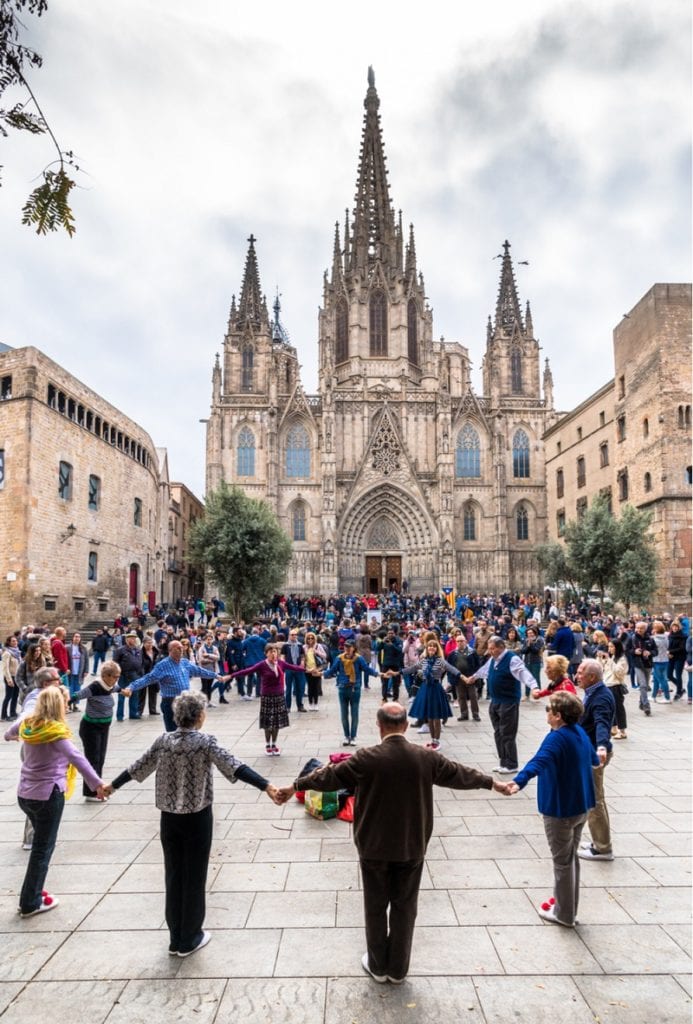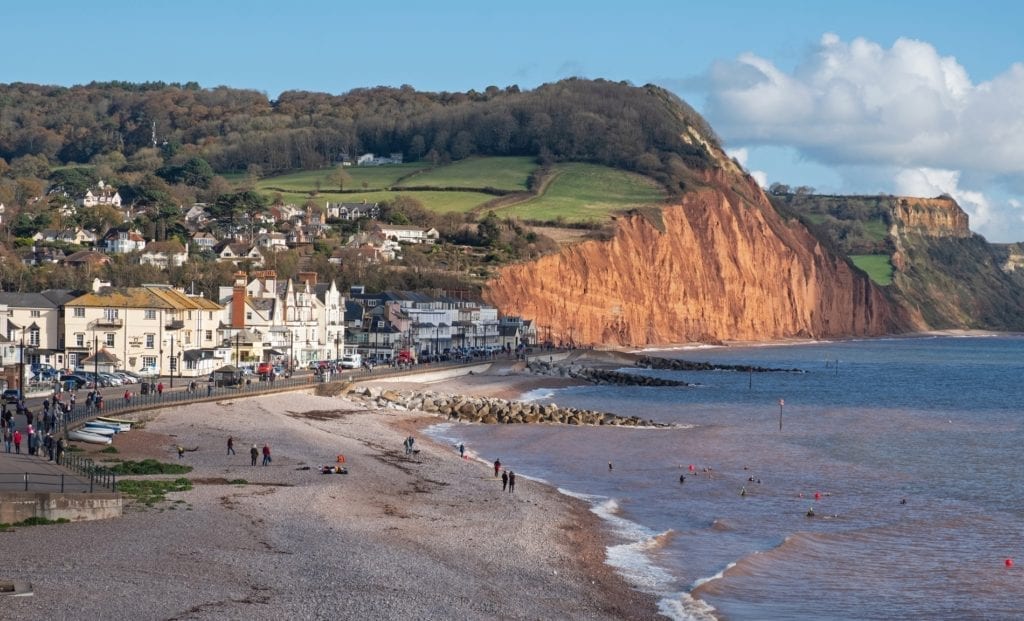A major hazard in a travel writer’s life, as I have mentioned before, is the inescapable local ‘folkloric’ performance. I touched on folk dancing and singing when I wrote about that unforgettable trip to Corfu, and the development of the Costa Smeralda on Sardinia. But I have encountered it all over the globe, and often it hasn’t turned out as expected.
In Goa, we stayed in a relatively smart hotel on the outskirts of the capital Panaji (which for some reason, we were told, was pronounced ‘Panjim’), and spent our days trotting around filming really good stuff. Most of our fellow guests, however, tended to stick close to the hotel and its private beach, as they were overwhelmingly first-timers to India and terrified of what might be encountered beyond the hotel grounds.
I managed to persuade one young couple to venture out, telling them they could hire a taxi from the rank at the hotel gate for the entire day for less than a pound, and the vehicle would always be on hand to rush them back to the hotel in the event of any problem.
When I saw them a couple of days later, they said they absolutely hated everything, and the only good thing about their day in Panaji was that they had found a well-stocked Benetton shop. It takes all sorts. But I digress. As part of our schedule, we were persuaded that really good material would be obtained if we took the sunset cruise from the harbour. During the course of the cruise there would be folk dancing on deck.
So off we went to the harbour where the boat was moored. We boarded, thinking of the fine sunset shots we would get when out at sea. Not to mention the prospect of sari-clad dancing girls and Indian chaps in those glittery tunics which look so good on camera.
[ps2id url=’#2′]link text[/ps2id]
The sun was diving fairly rapidly towards the horizon, but the boat showed no signs of departing. When we enquired, our guide explained that the sunset cruise was so called because it departed at sunset. Not before. No decent shots of the disappearing sun, then.
Still, there was always the dancing. So it was something of a disappointment that the traditional dancing on board was Portuguese, not Indian. Strike two. I have a theory that, in the Dark Ages, somebody went around the world teaching everybody the same dances. You can’t deny that they follow a pretty standard pattern of skipping around and crossing hands and waving handkerchiefs, and the lads and lasses, more often than not, operate in teams of four.
The girls have to pretend to be peasant maidens or shepherdesses or lovelorn villagers, while the chaps strut about being simple fishermen or farmers or sometimes military types. But whatever tale they are trying to tell, it always ends up with a lot of clapping and handkerchief waving and rhythmic stamping of booted feet.
Once, on the island of Minorca, I watched a display of local dances which seemed strangely familiar. ‘They remind me of Scottish reels and Strathspeys,’ I said to our guide. ‘This could be because we learned them from the Scottish regiments who were stationed here when Minorca was part of your British Empire,’ she replied.
Though anybody who has holidayed in Spain will probably have encountered Flamenco, the sort of shows you see along the Costas are nothing like the real thing. The tourist version is usually performed by ladies in tight spotty frocks, most of whom are old enough and hefty enough to know better, and anorexic young men who have taken an advanced course in sulking.

What I regard as the real thing is encountered in Madrid or Seville, in establishments well away from the tourist circuit, whose clientele are steeped in the tradition of the dances and the music and singing which accompany them.
In Catalonia, however, the dance they perform is called the Sardana. It has unbelievably complicated steps and the dancers form an inward-facing circle, arms round each other’s shoulders. It reminded me of the Greek Sirtaki dance, and I said as much to my host.
He understood exactly what I meant, and said that many people believe the Sardana was introduced to the Catalans by Phoenician traders, who would have known Greece and its islands very well indeed.
So, you see, my theory about that bloke going round the world long ago teaching everybody the same dance might have a basis in fact. When it comes to folk dancing, however, we English are not entirely blameless, as we do have Morris dancing.

Some people say it is a corruption of ‘Moorish’ dancing, having been introduced into England by Moorish traders, rather like those Phoenicians in Spain. One summer we trotted down to Sidmouth in Devon to film a report for Holiday, deliberately choosing the week when the English Folk Dance and Song Society was having its annual shindig.
Sidmouth is a pretty little place. Like many West Country resorts, its heyday was during the Napoleonic wars, when the gentry could not take their holidays in France, and it has gently coasted along ever since. On our first day, setting up to film some general shots on the seafront, we were accosted by a rather rude gentleman demanding to know who we were and what we were doing in his town.
I think he must have been a simple, straightforward busybody, because the handful of people in Sidmouth who needed to know about us certainly did so, and were extremely helpful.
Other stories
Nothing found.
Robin, our sound man, said we were filming a report about the new main road that was to be routed through the town. At which the old gent turned puce and stormed off. The pubs in Sidmouth were granted late-night extensions when the folk dancers were in town. This was particularly useful as far as the Morris dancers were concerned. As a callow youth I had thought Morris dancers were all cissies, prancing around with their hankies and bells and little sticks.
On the contrary, Morris dancers are, in the main, hefty blokes with serious beards who are partial to a drop of decent ale.
In Sidmouth, late at night, they would reel towards you, out of the darkness, on their way from one pub to another. And then another. This could have been dangerous had they not kept their bells on, so you could hear them coming down the narrow, dark streets, stumbling and jingling. And singing ancient ditties in broad Wurzel.
A bunch of them came into the pub where we were having a wellearned pint or two. Or, to be more accurate, two of them came into the gents’ at the pub, where I was having a quiet wee.
I looked up to find one on either side of me – towering on either side of me. The beard on my left looked at me and said to the beard on my right, ‘Here, I think this is the bloke that’s on the telly.’ The beard on my right slowly nodded in agreement. And I thought to myself: ‘Now is not a good time to discuss gender issues.’
We filmed a chap on the promenade who billed himself as ‘Fernando, the Fairly Accurate Fire Eater’. He was very good. So was his little dog.
The climax of the act came when he did a trick involving the dog. As it was supposed to ‘fail’ and end with the dog completely incinerated, it caused something of a sensation. There was a group of intensely serious ladies in shawls and scarves performing ‘authentic 19th-century Lancashire clog dances’. We filmed them and afterwards, as they stood fanning themselves and panting a little, I went across to ask which part of Lancashire they came from. ‘Oh, no,’ said their leader in a cut-glass accent. ‘We’re actually from Surrey.’ ‘Oh,’ I replied. ‘I didn’t know there were any cotton mills near Guildford.’ This remark did not go down well, and the Surrey ladies were decidedly frosty from then on.
Fortunately, not for long. That evening, after stowing away the gear in our hotel, we returned to the centre of Sidmouth for another well-earned pint or so and a meal in an extremely lively restaurant. Assorted Morris dancers, Surrey ‘mill girls’ and other folksy terpsichores made up the bulk of the clientele.

As the evening wore on, the decibel level increased and the alcohol flowed freely. In the small hours of the next morning I woke to find myself sprawled on a bench on the wide road which ran along the seafront.
On nearby benches were a selection of Morris dancers and ladies from Surrey who appeared to have collapsed from their evening exertions – but melded together in a most artistic way.
On the bench beside me was a comatose fire eater. No, I shall never forget the time I spent in the delightful resort of Sidmouth. Though, believe me, I have tried.